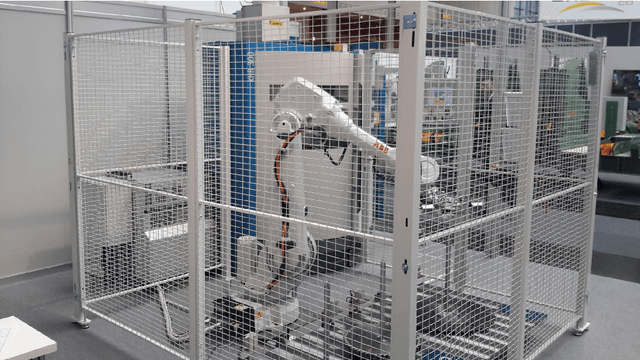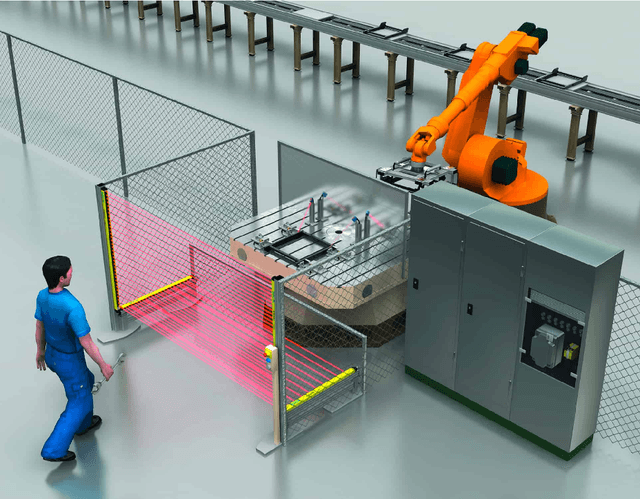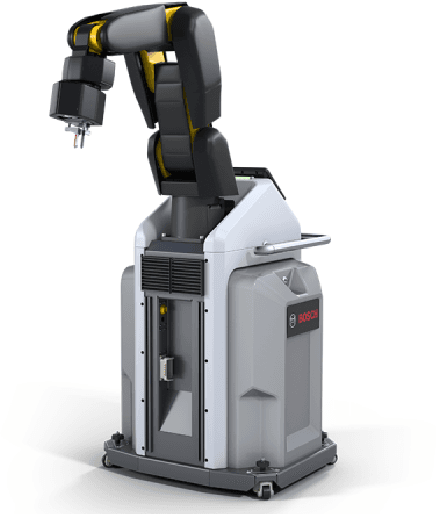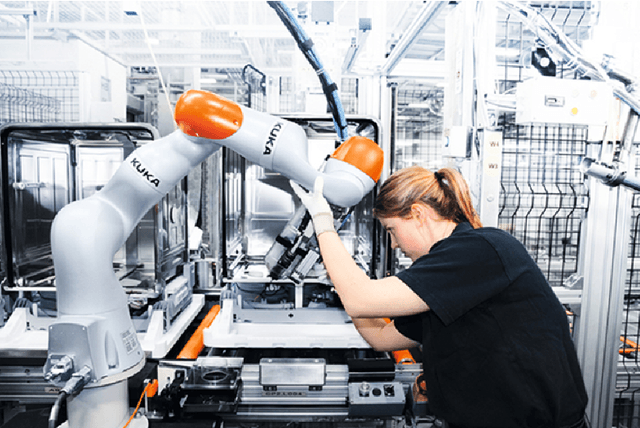Christopher Fourie
Understanding Entrainment in Human Groups: Optimising Human-Robot Collaboration from Lessons Learned during Human-Human Collaboration
Feb 23, 2024



Abstract:Successful entrainment during collaboration positively affects trust, willingness to collaborate, and likeability towards collaborators. In this paper, we present a mixed-method study to investigate characteristics of successful entrainment leading to pair and group-based synchronisation. Drawing inspiration from industrial settings, we designed a fast-paced, short-cycle repetitive task. Using motion tracking, we investigated entrainment in both dyadic and triadic task completion. Furthermore, we utilise audio-video recordings and semi-structured interviews to contextualise participants' experiences. This paper contributes to the Human-Computer/Robot Interaction (HCI/HRI) literature using a human-centred approach to identify characteristics of entrainment during pair- and group-based collaboration. We present five characteristics related to successful entrainment. These are related to the occurrence of entrainment, leader-follower patterns, interpersonal communication, the importance of the point-of-assembly, and the value of acoustic feedback. Finally, we present three design considerations for future research and design on collaboration with robots.
The State of Industrial Robotics: Emerging Technologies, Challenges, and Key Research Directions
Oct 27, 2020



Abstract:Robotics and related technologies are central to the ongoing digitization and advancement of manufacturing. In recent years, a variety of strategic initiatives around the world including "Industry 4.0", introduced in Germany in 2011 have aimed to improve and connect manufacturing technologies in order to optimize production processes. In this work, we study the changing technological landscape of robotics and "internet-of-things" (IoT)-based connective technologies over the last 7-10 years in the wake of Industry 4.0. We interviewed key players within the European robotics ecosystem, including robotics manufacturers and integrators, original equipment manufacturers (OEMs), and applied industrial research institutions and synthesize our findings in this paper. We first detail the state-of-the-art robotics and IoT technologies we observed and that the companies discussed during our interviews. We then describe the processes the companies follow when deciding whether and how to integrate new technologies, the challenges they face when integrating these technologies, and some immediate future technological avenues they are exploring in robotics and IoT. Finally, based on our findings, we highlight key research directions for the robotics community that can enable improved capabilities in the context of manufacturing.
 Add to Chrome
Add to Chrome Add to Firefox
Add to Firefox Add to Edge
Add to Edge